There are several historic villas in Rome that are impossible or very difficult to access, and two of these are owned by foreign countries and therefore very private diplomatic residences: Villa Wolkonsky and Villa Abamelek.
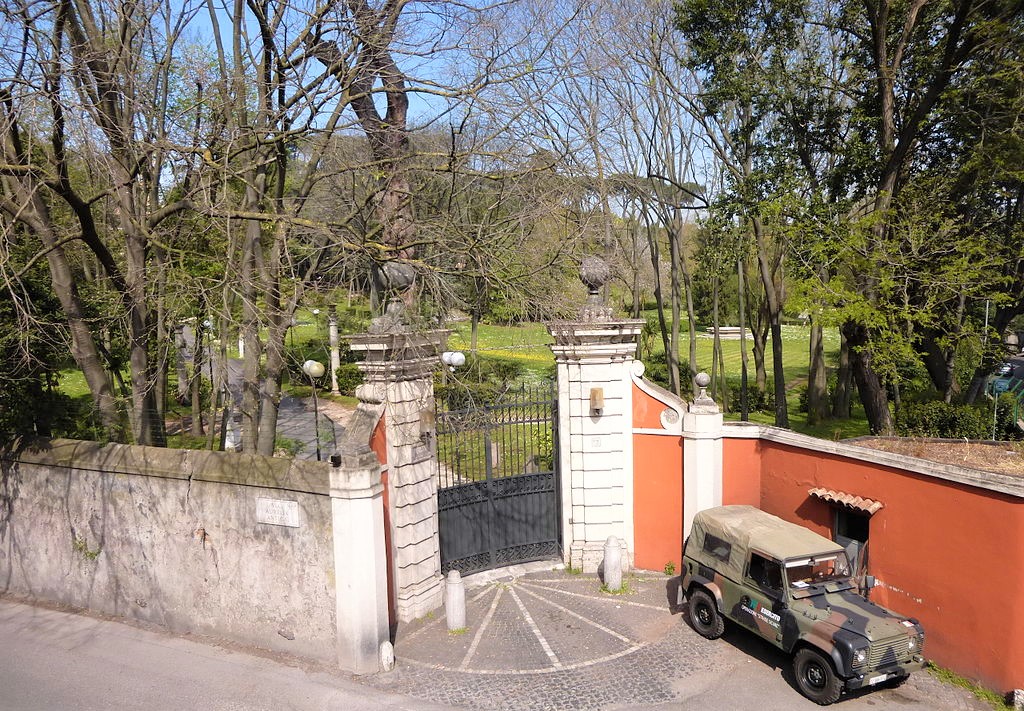
To talk about Villa Wolkonsky, which is located near the Basilica of San Giovanni, you have to tell the story of Zinaida, a Russian princess and writer who lived most of her life in Rome.
Zinaida was born in Dresden in Saxony in 1789, the year of the French revolution, and was the daughter of a Russian ambassador.
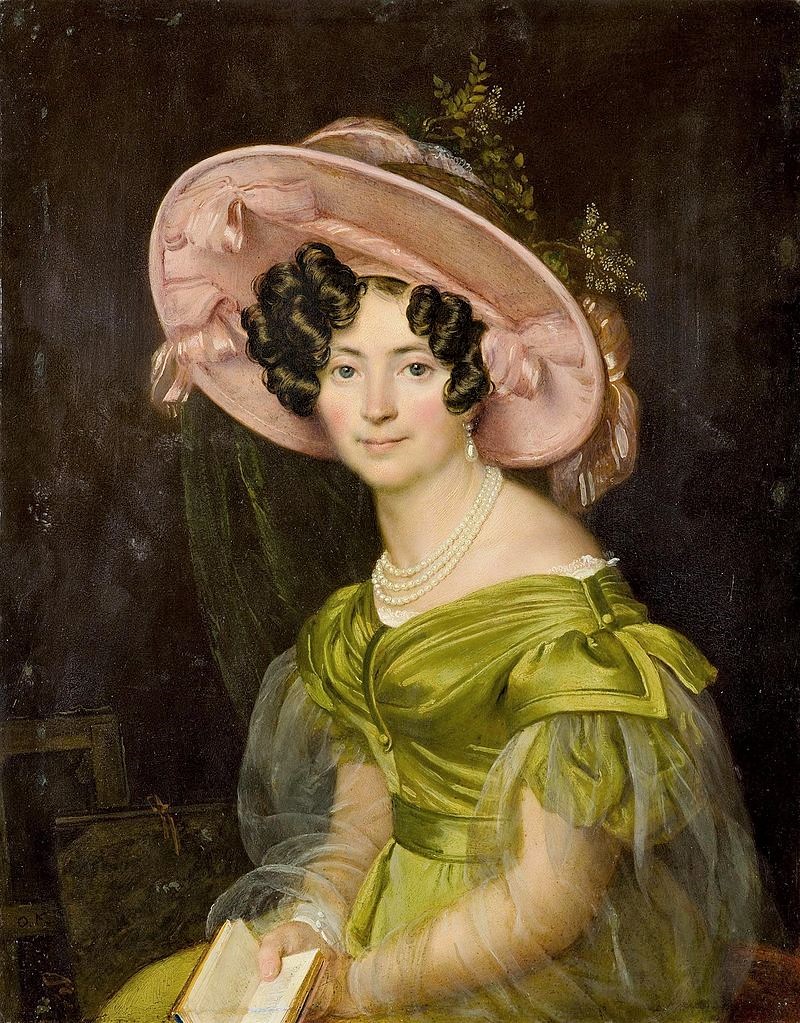
With her father she travelled around Europe, and for a period she also lived in Turin where she learned Italian.
Then from 1806 she lived in St. Petersburg at the court of Tsar Alexander, and was his personal friend for many years and perhaps a lover. In 1810 she married Prince Wolkonsky, assistant to the Tsar, from whom she had his son Alexander.
She travelled extensively, to Paris, Dresden, and other capitals, learning much culture and knowledge of languages. In 1820 she came to Rome, where her father had purchased the large Villa Wolkonsky in front of San Giovanni, inside whose park there is a long stretch of the Neronian aqueduct.
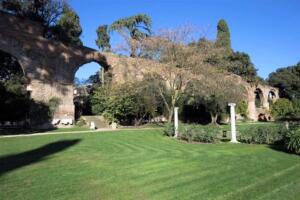
In these years Zinaida started writing books and creating a circle of cultured people around her. In 1822 she returned to St. Petersburg for a few years, also because her son had stayed there, but in 1825 Tsar Alexander died and she decided to convert to Catholicism the following year.
Tsar Nicholas did not accept this and Zinaida had to return to Rome in 1829, leaving her son in Russia.
She lived for a while in Palazzo Poli, the one on which the Trevi Fountain had been built a hundred years earlier, and also in Villa Wolkonsky and, around her, a circle of intellectuals had formed, including Stendhal, Belli, Donizetti and Gogol.
In 1844 her husband died and she became very religious, she engaged in charitable works and never moved from Rome until her death in 1862. She was buried in the Church of San Vincenzo and Anastasia, in front of the Trevi Fountain.
From 1850, her son Alexander was ambassador on behalf of Pius IX in various states and adopted a daughter Nadia, who continued to live in the villa.
In 1922 the villa was sold to the German government which made it the embassy. Then after the war it was requisitioned by Italy and granted for use to the English government which in 1951 purchased it using it as a venue for events and as a residence of the English ambassador.
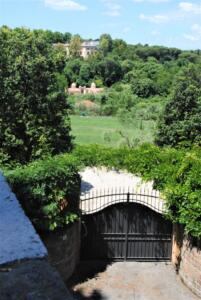
Villa Abamelek is, however, owned by the Russian Republic and has an immense park of thirty hectares between the Janiculum, Villa Pamphili and Saint Peter.
The main edifice was built in the late seventeenth century. In 1792 the villa was bought by the very wealthy Giovanni Torlonia but later, in 1849, it was damaged during the battle that ended the Roman Republic.
In 1907 it was bought by the Russian Prince Abamelek and from 1936 it passed to the Soviet Union.
It is now the residence of the Russian ambassador and in 1998 an Orthodox church was built there, accessible from the outside.





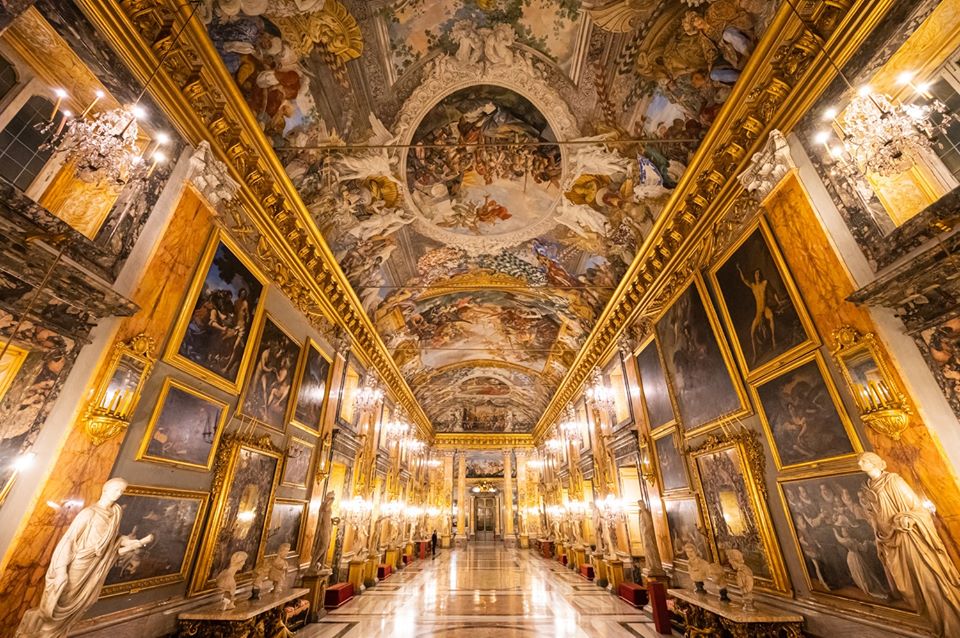

Follow us